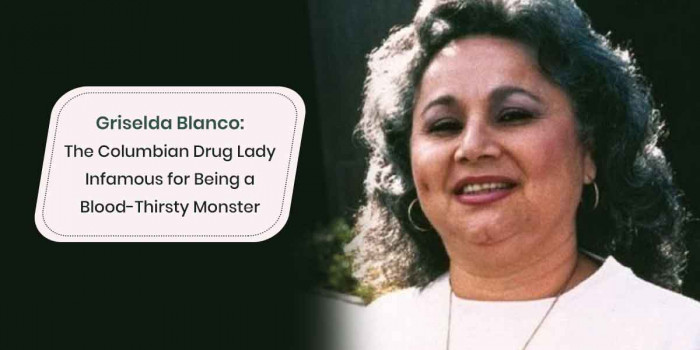Triad vs. Yakuza: Head-to-Head Comparison of the Two Organized Crime Syndicates
Transnational organized crimes are the crimes pulled off by international groups or networks of individuals operating in more t...
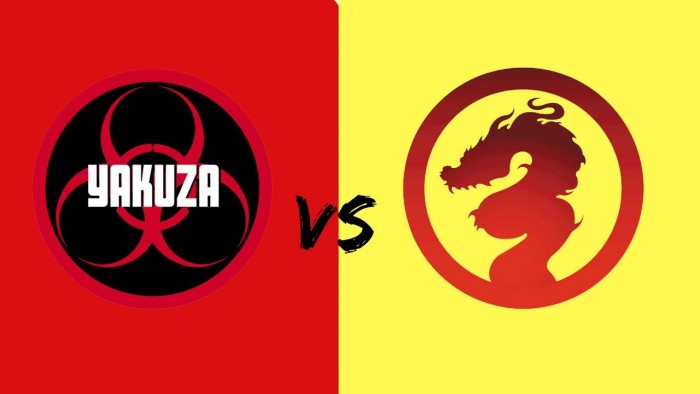
Transnational organized crimes are the crimes pulled off by international groups or networks of individuals operating in more than one country in order to plan and execute illegitimate business ventures. Several criminal groups use systematic violence and corruption to carry out money laundering, human smuggling, and drug trafficking.
Triad and Yakuza are two powerful transnational organized crime syndicates that have originated from China and Japan respectively.
Chinese Triads’ Single Origin vs. Divided Origin of Japanese Yakuza
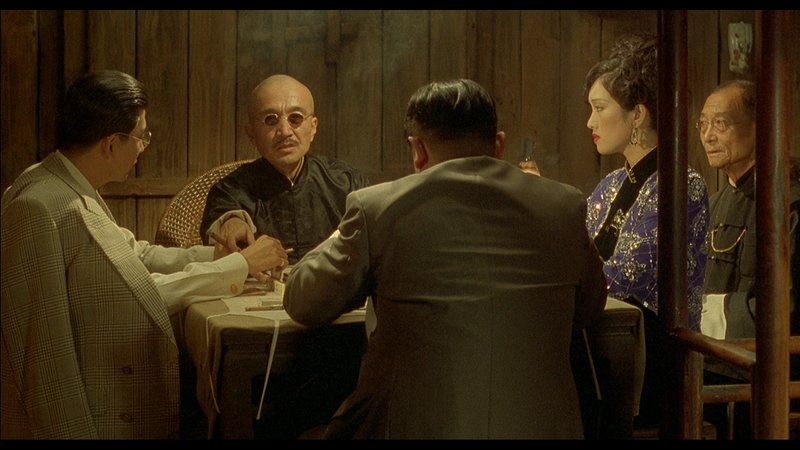
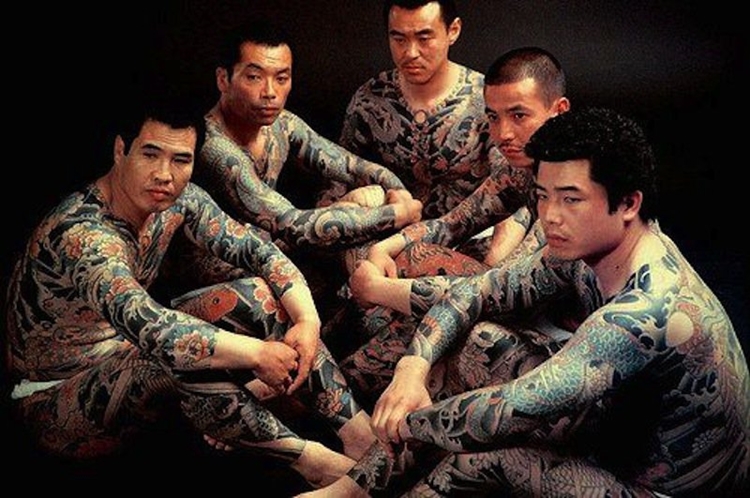
Numerically Coded Ranks of Chinese Triads vs. Complex Structure of Japanese Yakuza

In order to differentiate between ranks and positions within the groups, Triads use numeric codes that are inspired by Chinese numerology based on the I Ching book. “Dragon Master” (or “Dragon Head”) or “Mountain” is referred to by “489”. “438” refers to the "Deputy Mountain Master". "426" is used to refer to a "military commander"("Red Pole") who is in charge of defensive and offensive operations. "49" is used for the position of "soldier" or rank-and-file member.
“432” denotes “Straw Sandal” and it acts as a liaison between different units, “415” refers to "White Paper Fan" who offers financial and business advice, and "25" is used for undercover law enforcement agent or spy from another triad (slang: “snitch”). "Blue Lanterns" are the uninitiated members who don’t have a numbered designation.
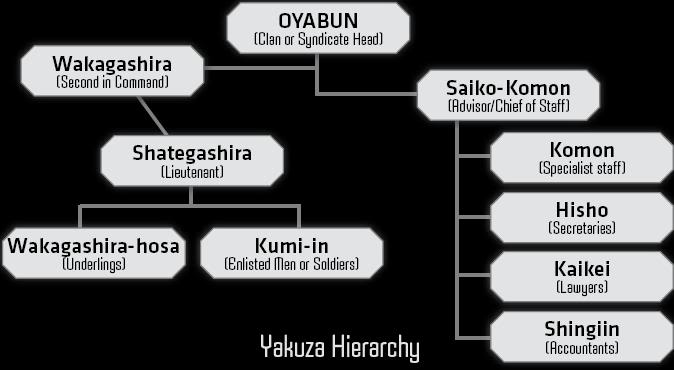
Having nearly 102,000 members, Yakuza have a huge presence in the Japanese media and they function globally. At the time of Yakuza’s formation, the traditional Japanese hierarchical structure of oyabun-kobun was embraced wherein kobun (foster child) owe their allegiance to the oyabun (foster parent). Much later, the code of jingi (justice and duty) was developed where loyalty and respect were a way of life.
Yakuza has a complex organizational structure wherein kumicho is the overall boss of the syndicate and the saiko komon (senior advisor) and so-honbucho (headquarters chief) are directly beneath him. Then, wakagashira is the second in the chain of command who oversees various regional gangs with the help of a fuku-honbucho (responsible for various gangs).
Criminal Activities of Triads vs. Semi-legitimate Activities of Yakuza
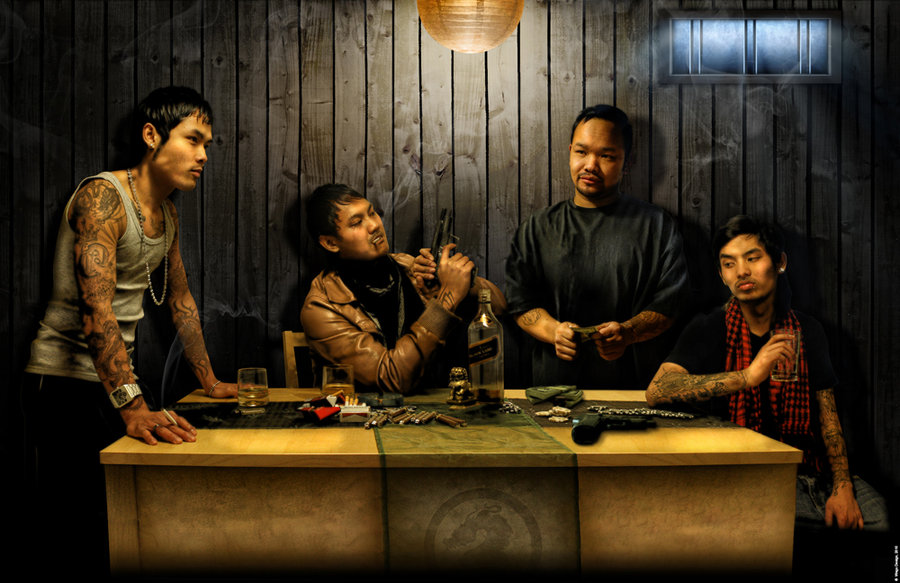
In the present times, the Triads participate in several crimes such as money laundering, extortion, fraud, trafficking, and prostitution. Also, they have been involved in the smuggling and counterfeiting of goods.
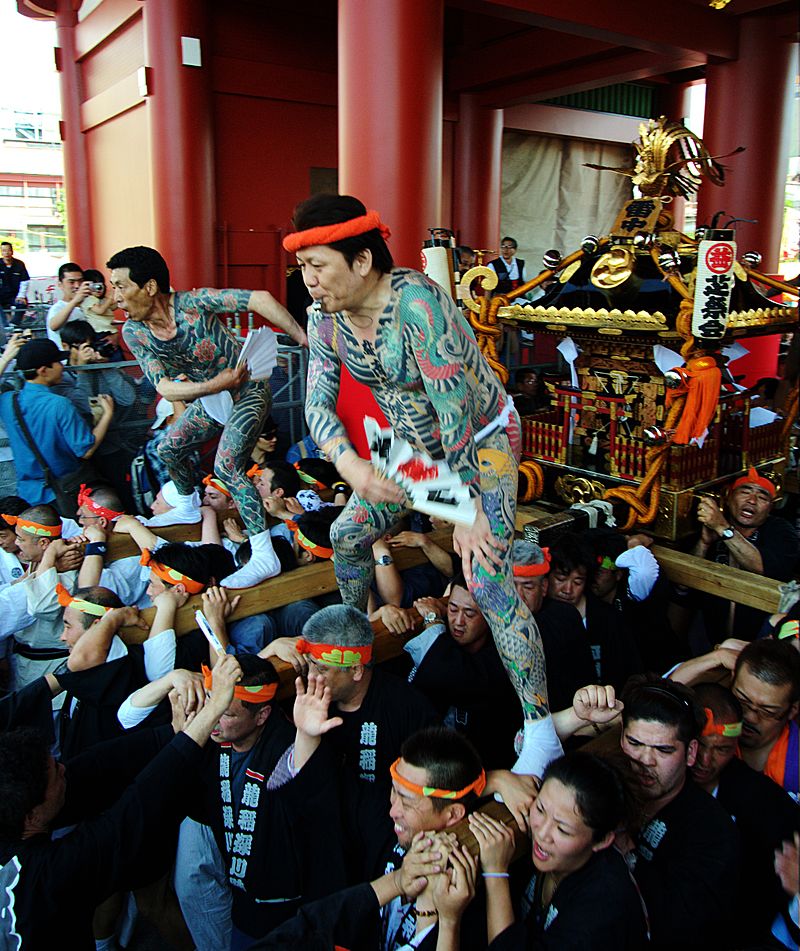
The semi-legitimate Yakuza is known to have provided aid to disaster victims of the Kobe earthquake and the 2011 Tōhoku earthquake and tsunami. Apart from that, they have also recruited Brazilian mercenaries over the years who carry out grimy activities like torture and murder.
Hawaii acts as a midway station between Japan and mainland America for smuggling methamphetamine into the country and firearms back to Japan. In the US, they also team up with local gangs and channel Japanese tourists to gambling parlors & brothels.
Popular Posts
Veronica Seider - A Superhuman With Super-Eye
Veronica Seider’s super power sounds like a plot of a film. Veronica has an eyesight that redefines the human eye capability. ...
Swati Bhandari
Most Notable Dead Bodies Left On Mount Everest
The world’s highest mountain – Mount Everest not only serves as an epitome of nature’s beauty, but it is also a warning t...
Kimberly Campbell
15 Black Female Bodybuilders With Insane Physique
Bodybuilding takes a lot of patience and hard work but in the case of women, it takes a lot more than that. Despite all the aesthetic hurdles that female bod...
Kevin Green






